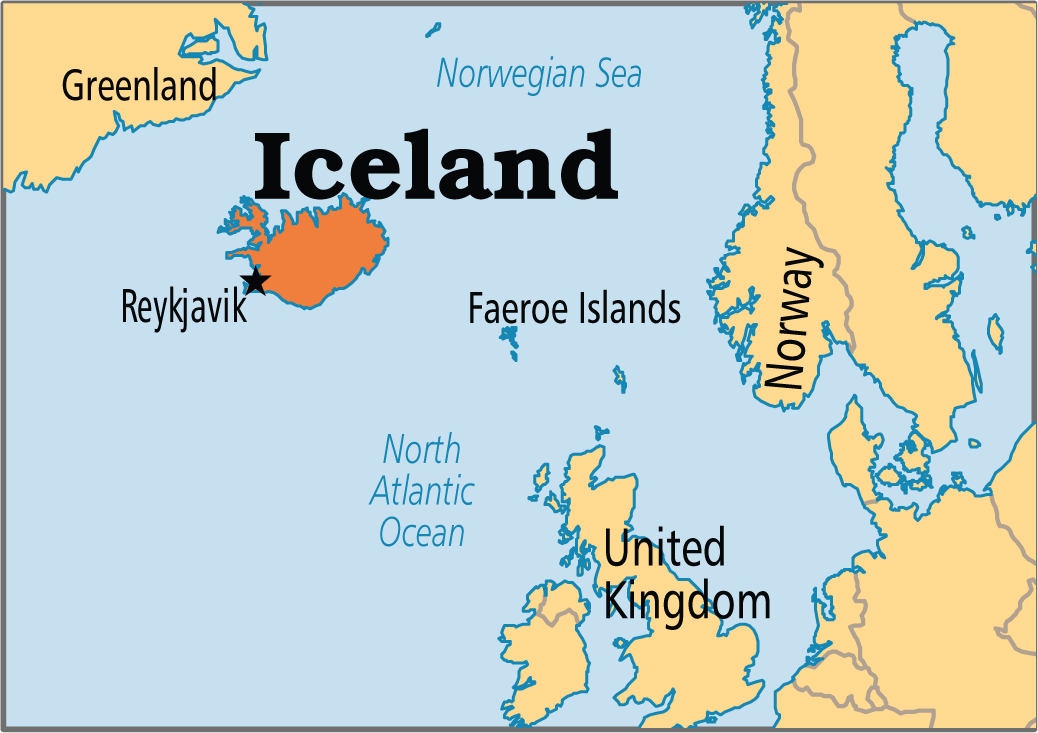Free Courses Sale ends Soon, Get It Now


Free Courses Sale ends Soon, Get It Now



Disclaimer: Copyright infringement not intended.
Context
About Iceland Volcano Eruptions
Recent Volcanic Activity on the Reykjanes Peninsula
What is a volcano?
Types
Eruption
Can scientists predict volcanic eruptions?
|
PRACTICE QUESTION Q. Analyse the strategies that nations can use to reduce the threats brought on by volcanic activity. Give instances from around the globe to support your response |
© 2024 iasgyan. All right reserved